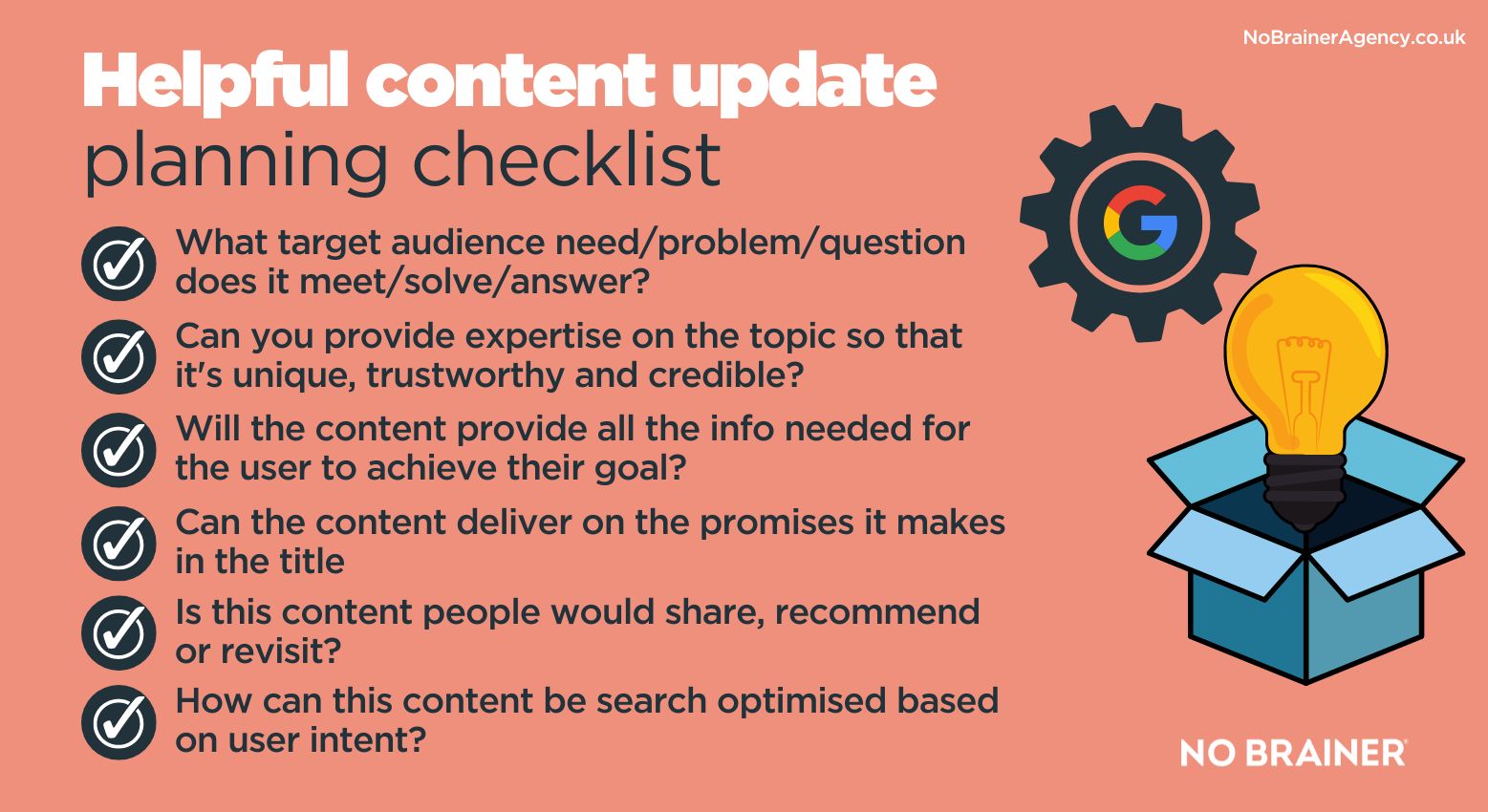Updated for 2024
The start of a new year is always a great time to review your website’s organic search performance, analysing everything from an SEO point of view – ensuring your strategy for the year ahead is the right one to achieve your objectives.
There were a significant number of Google updates in 2023, including 9 algorithmic updates, which is around double what we’ve seen in recent years. With so many changes to the ways in which Google handles certain aspects of websites and how to rank them, it’s hugely important to keep a close eye on your organic performance and whether you have been positively or negatively impacted by any of these updates. This will help you to determine whether you need to take action in any area of your SEO strategy in the coming year.
Here are just a few of the tasks that we think should be on your list for 2024, so that you can get your SEO house in order and gain the best possible organic results.
SEO website health check
Start by taking a good look at your website’s organic search performance and try to identify any blockers or factors that might be limiting results.
There are several areas to check and a variety of different tools (some free and some with paid subscriptions) that you can use to help speed the process up.
We’ve covered a range of these below:
Technical SEO audit
Using a good SEO tool or solution to gather the relevant data for a meaningful technical SEO audit is a good way to cut out some of the manual resource needed for this task. We’d recommend checking data from more than one tool (as some work in different ways to the other) to find information that can highlight issues with your site.
Common things that many of the tools will check include:
- That unique title tags and meta descriptions are included for every page
- What your CTR for each page (free via Google Search Console)
- Whether page content is considered ‘thin’ or not (most can generate a word count to help you i.e., ScreamingFrog)
- Internal links – too many/few, or if they’re broken or redirecting
- Redirect chains
- Duplicate content (both within your site and if your site has duplicate content with another website)
- Page speed across devices
- The mobile friendliness of the site
- Pages that can’t be found or are broken in some way
- Core Web Vitals
- Broken external links
Some of the most popular tools for conducting a technical SEO audit, along with free tools like GA4 and Google Search Console, include:
- SEMrush
- Ahrefs
- Lumar (formerly DeepCrawl)
- Screaming Frog
- Sitebulb
- Siteliner (internal duplicate content)
- Copyscape (external duplicate content)
Content performance audit
Along with checking that pages have a reasonable amount of content, Heading tags and a unique and compelling meta description as part of the technical SEO audit, a SEO health check also includes analysing that content’s performance on search and ensuring that it meets the criteria for helpful content.
It can be a very useful process to manually review major pages on your website for elements such as:
- How well the page content matches the intent of the people likely to be landing on it or navigating to it from elsewhere on the site – does it tell them what they need to know to move forward in their journey?
- How well the page is structured for reading and digesting easily – are there bullet points when appropriate, images, videos or other visuals to help meet the user’s informational needs?
- Does the content contain the keyword(s) that you want to target in prominent places i.e. title, meta description, H1/H2 etc.
- Does the content include internal links to other relevant pages of the website using descriptive anchor text?
- Do other established, and relevant, pages link to the page you’re reviewing
- Does the content have the right CTA(s) to help move the user forward in their journey towards conversion?
- Is the imagery right for the audience?
Alongside organic performance data from Google Search Console and GA4, this qualitative review can help to highlight if certain pages need changes to be made in order to better resonate with your audience, as well as to maximise your chances of ranking well and attracting the right traffic organically.
This audit can help to shape your content strategy for the coming year and help you to prioritise content tasks by determining which have the most potential positive impact if changes are carried out.
Backlink and site authority audit
Another important part of an SEO health check for any website is to analyse the current backlink profile to review the quality and quantity of links from other websites. All links are not equal and if your site has a large quantity of spammy or ‘unnatural’ links pointing to it, especially if gained over a short period of time, this can be a red flag to search engines that your site is trying to game the system.
On the other hand, if you have a low number of relevant and quality links, especially in comparison to your competitors, this could be something that is stopping your site from outranking them. You’ll need to implement a link strategy, which helps ensure that all of your marketing activity, across channels, maximises the opportunity for earning the right kind of links, to help close that gap. You might want to look to digital PR as a good way to grow your backlink profile as you gain online coverage.
Measuring website authority is subjective, with search engines and various tools all using different criteria to assess this. Tools will give you a ‘score’ that could be called something like domain authority (DA), domain rating or similar. While the exact score and minor fluctuations month to month can be taken with a pinch of salt to some degree, if a website has a significant decline spread over many months, then this can be a red flag to indicate that something is wrong with how search engines are perceiving your website, usually in relation to link quantity or quality. Making a note of your DA on a monthly basis can help ensure that you notice any significant and lasting changes and can take action, if needed.
Do an up-to-date competitor review
There is a lot that can be learned by looking at your competitors’ SEO performance and marketing activity. It can help to highlight gaps in your own strategy, can show differences in the way you’re approaching content and links and can help ensure that what you’re doing is unique and ‘better’ than what can be found elsewhere. This can help give you a real edge both in SEO and in a potential customer or client’s decision-making process.
Ensuring that the info you have is up-to-date really matters. You may well have conducted extensive competitor research at some point in the past, but a few months can be a long time in the online world, so updating your findings is important so that you don’t miss something that could have a big influence on your own strategy.
While this isn’t an exhaustive list, some of the areas to look at include:
- Check that your competitors are still who you think they are – who is targeting the same audience/keywords as you are and is currently performing better organically? There is likely to be a mixture of established brands as well as challengers and maybe some that are new to the marketplace
- Check their keyword rankings for the terms you’re targeting and look for any gaps that could be opportunities for new keywords for you to focus some attention on
- Check their backlink profile
- Take a look at their site architecture and navigation – is there anything that they are doing that makes it easier for users (and therefore search engines) to find what they are looking for or that simplifies their journey?
- Look at their content on their best-performing pages and look for strengths and weaknesses in their content strategy. Are there any areas in which you know you can produce better content than they do?
- If they are an ecommerce site, do their product, category or other informational pages differ from yours? Do they use trust signals and how? This can be a really important thing to incorporate in your own ecommerce SEO strategy to help give your site an edge versus others in the same space.
Review your reporting template
Most businesses with an online presence will have migrated their analytics to GA4 by late 2022 or early 2023, due to Google ‘sunsetting’ their previous analytics platform. Whatever your personal feelings about GA4, if you need to use it for reporting purposes then you’ll hopefully already have updated your SEO reports to incorporate this different data source.
The new year can provide a good time to check whether you’re reporting on the things that really matter to stakeholders and relate to specific business objectives. Business priorities can sometimes change during the year, so it’s often a good idea to check in with stakeholders to make sure that the data and insights you’re providing in your reports is providing what they actually need to know.
Take a look at our article on the best SEO reporting solution for the C-Suite for some ideas of what you can include, and gather feedback from stakeholders to highlight any new opportunities for demonstrating performance, value and return.
Getting your SEO house in order now can make a huge difference when it comes to setting yourself up for SEO success in 2024 and beyond. If you would like some help with your SEO strategy this year, we’d love to chat with you and find out how we can work together for the benefit of your business. Get in touch using the form below.









